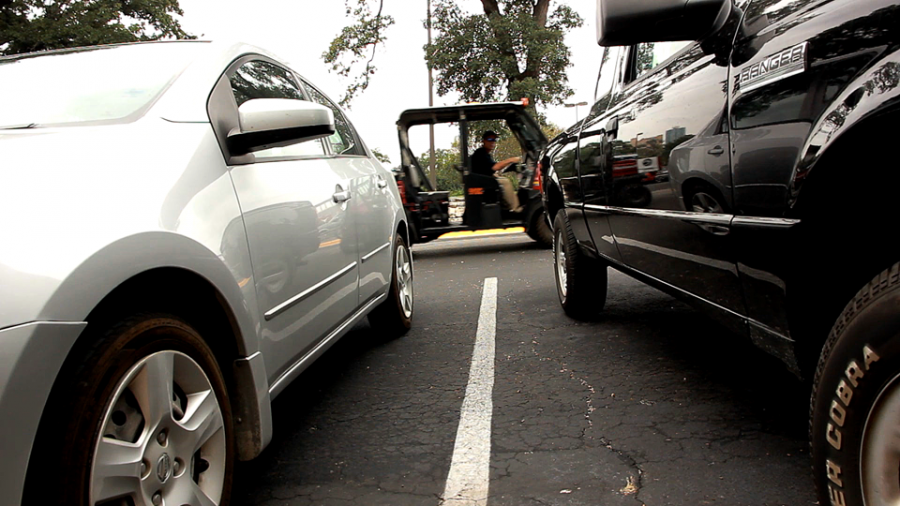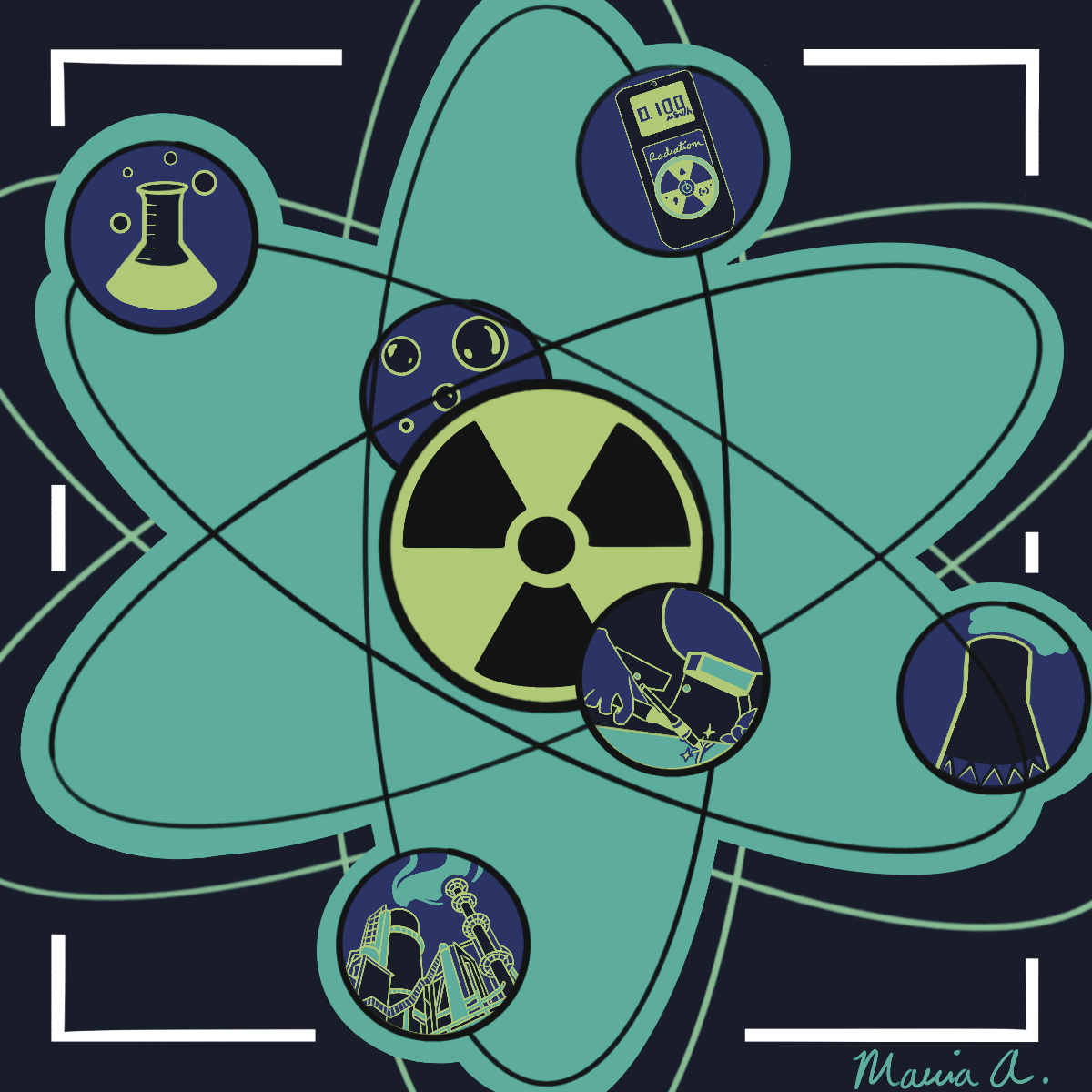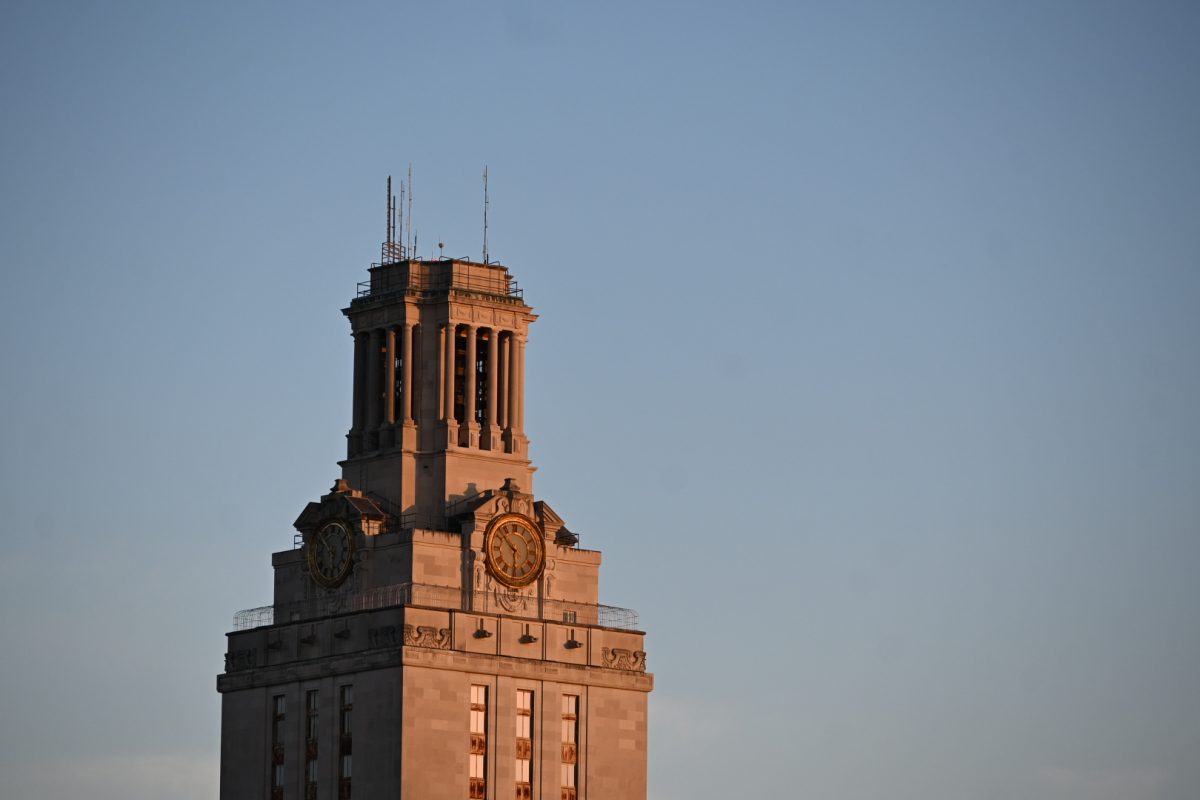Faculty and staff parking spots account for almost half of on-campus spots, but many employees still struggle to find parking.
Parking for UT’s 23,000 employees is scattered throughout campus, but some staff members have to park beyond walking distance from their offices in lots across Interstate 35.
Gary Thomas, a technical staff associate at the department of physics, said the University does not offer staff members many parking options and spaces on campus are limited.
“As a UT employee, I can buy an A permit to park on a surface lot where, on average, about 4.5 permits are sold for each space that exists,” Thomas said. “If you visit a close-in surface A lot, you can see many staff arriving very early in the morning to claim a space, then killing considerable time eating breakfast, listening to the radio or reading the paper in their car while waiting for time to go to work.”
Thomas said he served on the UT Staff Council Transportation and Solutions Committee two years ago, and some staff members in his department have shifted their work schedule to start at 6:00 a.m. so they can find a parking space within walking distance.
Faculty and staff can park in F parking spaces throughout campus and in University parking garages, totaling 6,197 parking spots, Bobby Stone, director of Parking and Transportation Services, said. Some employees spend more than a year on the waiting list for a garage parking spot. Most staff members qualify to park in the 977 A parking spaces located mostly on San Jacinto Boulevard, Robert Dedman Drive and Longhorn Lots east of Interstate 35.
Parking spots cost $476 for F lot-specific spaces, $420 for F garage-specific spaces and $142 a year for A spaces.
Stone said faculty and staff usually choose a parking permit based on when and where they work. The N and N+ parking permits provide evening staff with access to most parking spots after 5:45 p.m. and cost $36 for a surface parking permit and $60 for a surface and garage permit.
“Some of our evening staff don’t necessarily need an F or A permit, because they work in the evenings when it can be easier to find parking in other areas of campus with other permits,” Stone said.
The University offers all 17 deans their own parking spots in specific F99 spaces near the building in which their office is housed, Stone said. Other administrators also get first choice on nearby parking spaces, but some faculty members, including Glenn Frankel, School of Journalism director, prefer to use public transportation to get to campus.
“I step out on Speedway and 41st Street and can usually catch a Cap Metro or University shuttle that will get me to campus within five minutes,” Frankel, who lives in Hyde Park, said. “I can’t think of a more efficient and inexpensive way to get to my job.”
Frankel said the University offered him a good parking space as director of the journalism school, but he said he did not want to spend hundreds of dollars a year for parking because he has the option of taking a five-minute bus ride.
PTS also promotes a carpooling service that is successful among faculty and staff, Blanca Juarez, manager of alternative transportation services at PTS, said. Last year 1,010 faculty and staff registered for the carpool program, which grants each carpool vehicle access to specific parking spots in the C parking lots, Juarez said.
University administrators, including UT president William Powers Jr., can purchase O permits for $775 a year for access to 57 spots located primarily around the UT Tower. The athletics department’s administration staff, including head football coach Mack Brown, park in F21 parking spots along the west side of the stadium or in limited parking spots underneath the stadium, Stone said.
Printed on Friday, October 26, 2012 as: Employees face transportation woes





















